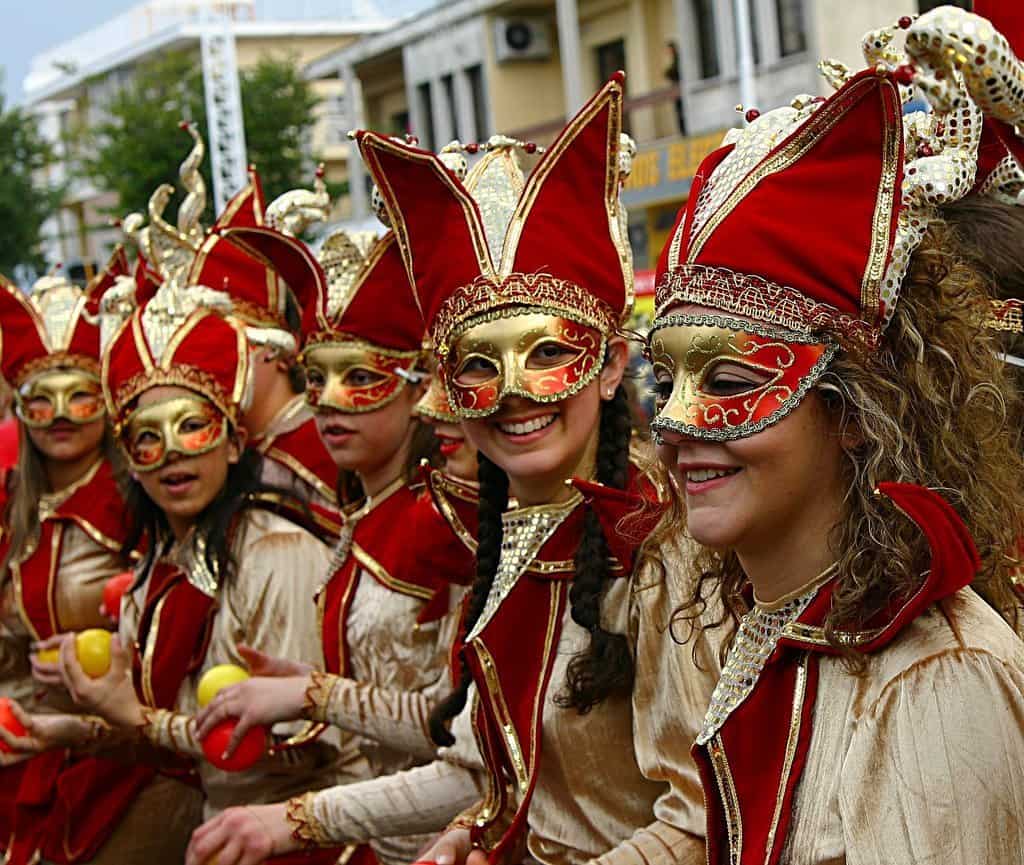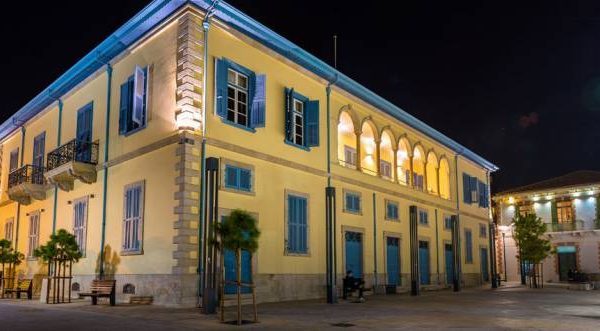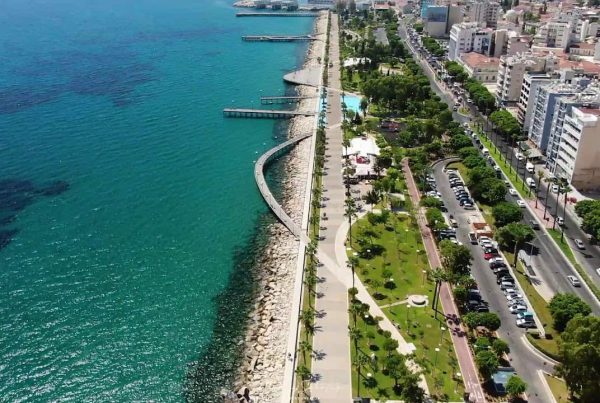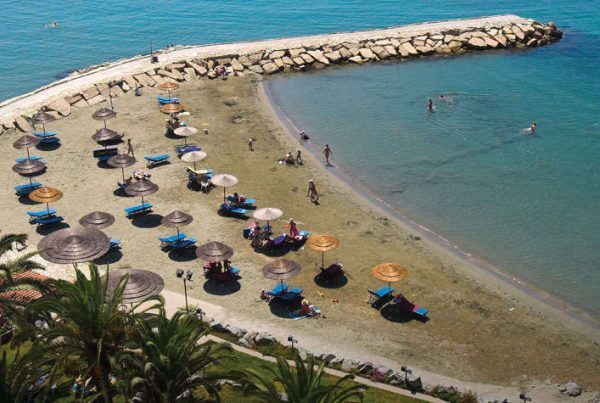The Limassol Carnival is the oldest and most popular festivity in Limassol but also across Cyprus. Throughout the centuries the tradition of the Apokries – the Carnival festive season – was celebrated across the island, but the festivities local to Limassol grew in scope so much that in time they became an integral part of the town’s identity and culture.
According to Georgios Taliadoros Templar, a journalist and carnival chronicler, “No other town can quite compete with Limassol where the carnival is concerned. Attempts to compete with Limassol have all resulted in resounding failures, and so the carnival has become our very own prerogative, and that is why people from all over Cyprus gather in our town to celebrate the cheerful days of the carnival.”
An article by Nicos D. Angeloudis is likewise instructive on the character of the people of Limassol and their propensity for partying, fun and the Carnival: “No town in our island can surpass Limassol in the celebration of the Carnival. This is because Limassolians have passed down from generation to generation their celebratory mood, and Limassolians today remain just as enthusiastic and committed. Especially at night, Limassolians, immaculately garbed, go out in the town, they party, drink and dance, that is to say, revelry is in their blood. However, the partying reaches a peak during the Carnival festivities, which quite correctly have come to be called ‘the Limassol Festivity’.”
Main characteristics of the carnival
To this day, the Carnival remains a strong urban and family tradition for the people of Limassol, a tradition handed down from one generation to the next. The main characteristics of the Carnival festive season are the consumption of meat and wine, satire, dancing and singing – particularly serenades – as well as the masked revellers and costumes.
Nowadays the Carnival festivities depend a great deal on private initiatives, but also on Limassol Municipality, which organises 11 days of festivities that include parades, outdoor dances, costume competitions, visual arts exhibitions, etc. As in the old days, the Carnival festive season officially starts on Shrove Tuesday. On this day the people of Limassol gather at various locations in the town’s historic centre, where they celebrate the traditional season customs, such as the consumption of meat (tsiknomata in Greek), serenading, and makeshift parties. The carnival events, and the merry-making in the taverns, nightclubs and hotels, peak on the two weekends. It is on these two weekends that the children’s parade as well as the main carnival parade are held, with the participation of thousands of carnival-goers, locals and foreigners.
The ambience in Limassol during the Carnival season is best captured in a 1976 article which, half a century later, remains very topical: “Limassol is having fun. For two whole weeks, during the Carnival season, the people of Limassol do little else other than party every single day, drinking, dancing and staying up all night. During the daytime the people labour and toil, but at sundown they are transformed. The day’s toils evaporate, giving way to a sense of anticipation for a night filled with crazy partying, pranks and love. Lots of fun, practical jokes, and some love-making. These, then, are the three elements which the people of Limassol live and breathe during the days of the Carnival, as they invite their friends from other towns to join the fun and leave their troubles behind.
Masquerades are inspired by a variety of themes, including historical and political events, movies and the cultures of foreign countries, mythology and folk tales. The oldest and most traditional masquerades are the so-called ‘pellomaskes’ – makeshift, last-minute, goofy-looking masks which people wear to conceal their identity and to draw laughter, engage in satire, and have fun. Complementing the whole carnival atmosphere are the serenaders, the hallmark of the Limassol Carnival.
The serenades and the carnival songs can be described as the musical quintessence of the Limassol Carnival. Traditionally sung by male choirs – accompanied by mandolins and guitars – they are of a particular style. It is these songs that make up what is referred to as the town’s “special sound,” that is, the collective manner in which the town’s people express their musical identity as well as their common roots and cultural identity. At the same time, people hailing from other towns have likewise come to identify the serenades and carnival songs with the exuberant nature of the people of Limassol and with the Limassol Carnival itself.
According to the annual Carnival schedule, the serenaders take part in the merry-making taking place around noon on Shrove Tuesday. They also take part in Shrove Tuesday’s night-time parade featuring the entrance of the Carnival King, as well as in the grand parade held on the last Sunday. During the rest of the festive season the serenaders take part in special outdoors serenading events held at night in the town centre.
Serenaders additionally feature in various carnival events and in visual arts exhibitions themed around the Carnival. In recent years the municipality has been organizing visits by serenaders to neighbourhoods and suburbs other than the historic town centre (Ayia Fyla, Zakaki, Ayios Ioannis, Apostolos Andreas, Limassol Marina etc.). Nevertheless, the last Saturday of the festive season is viewed as the Serenaders’ night par excellence. On this night, various bands march from town hall to Diikitiriou Square, where a spontaneous party is held, with people joining the serenaders in dancing and singing.






